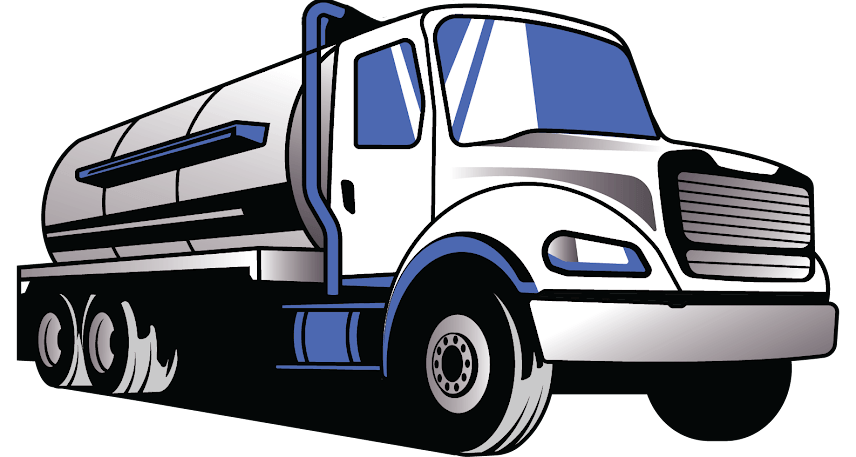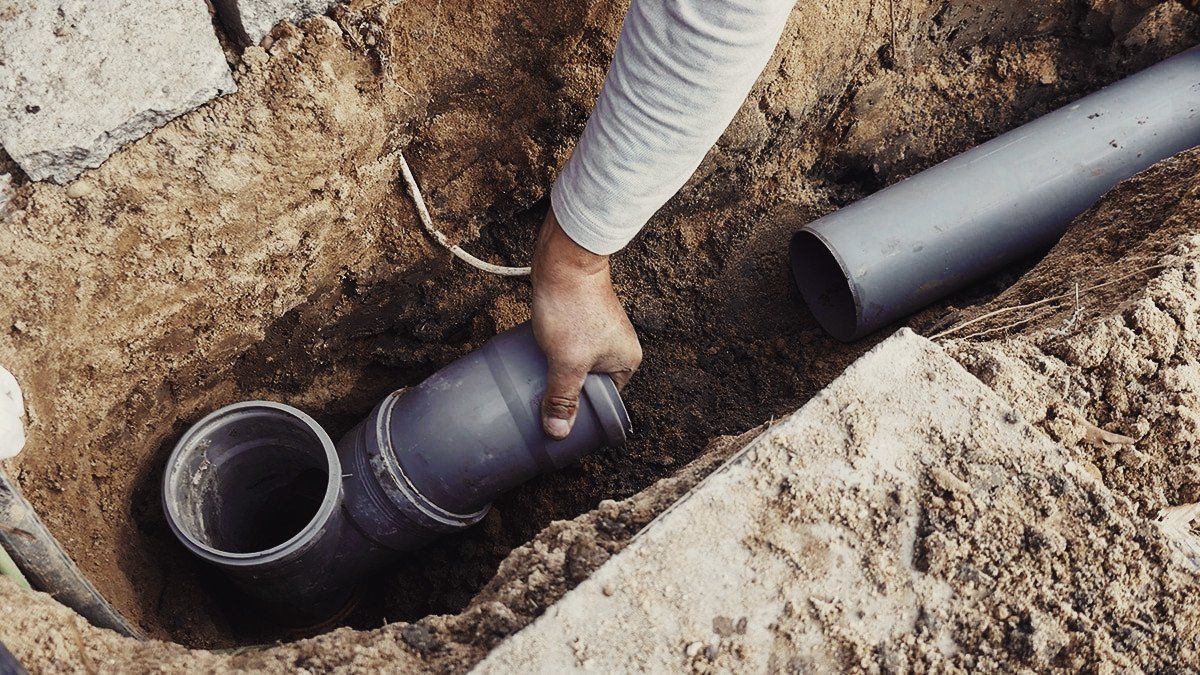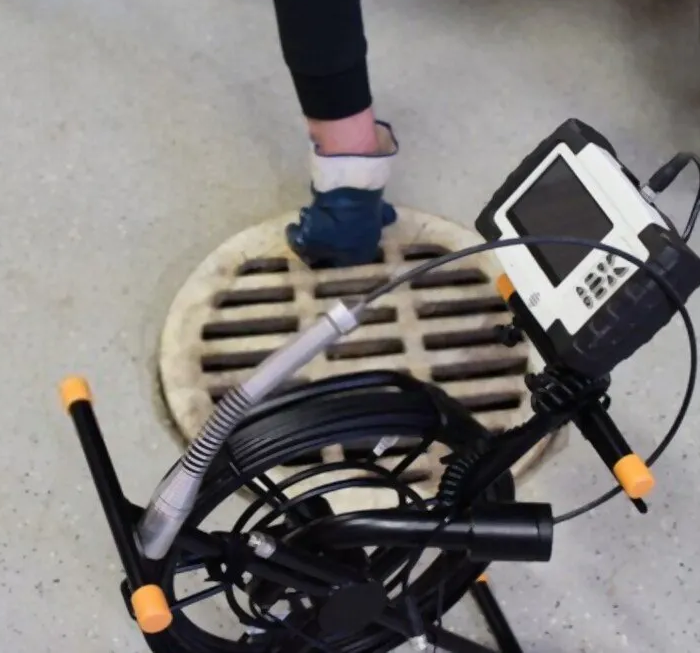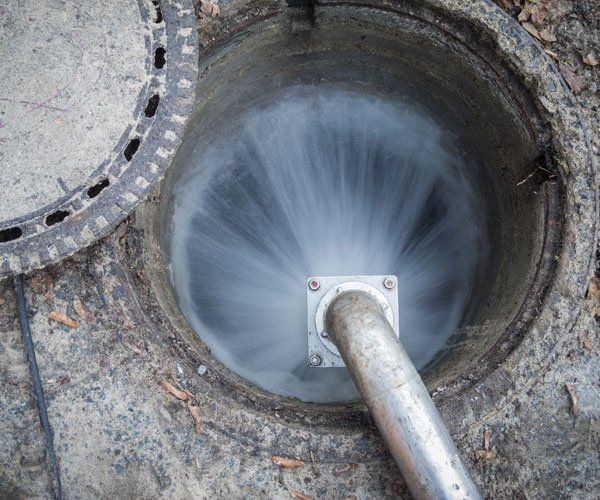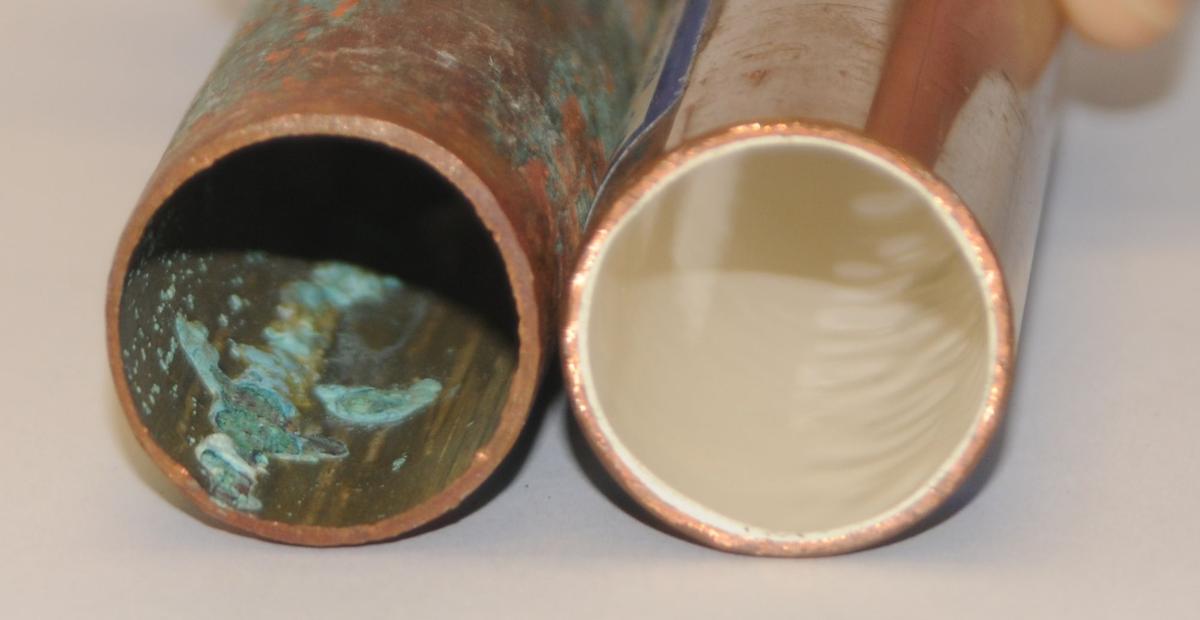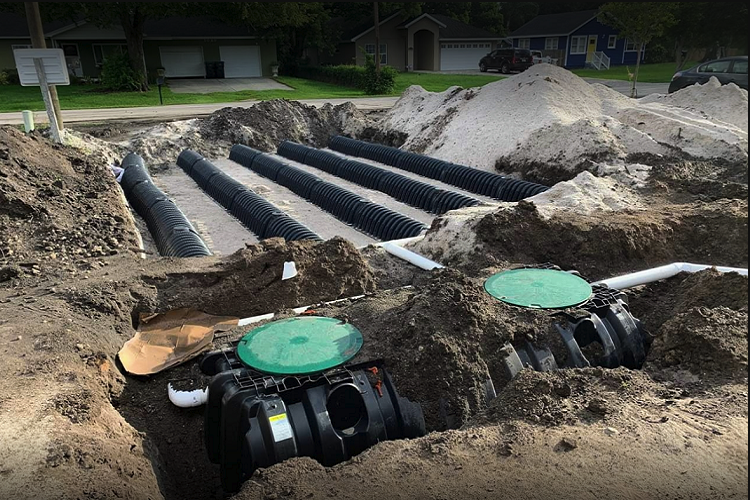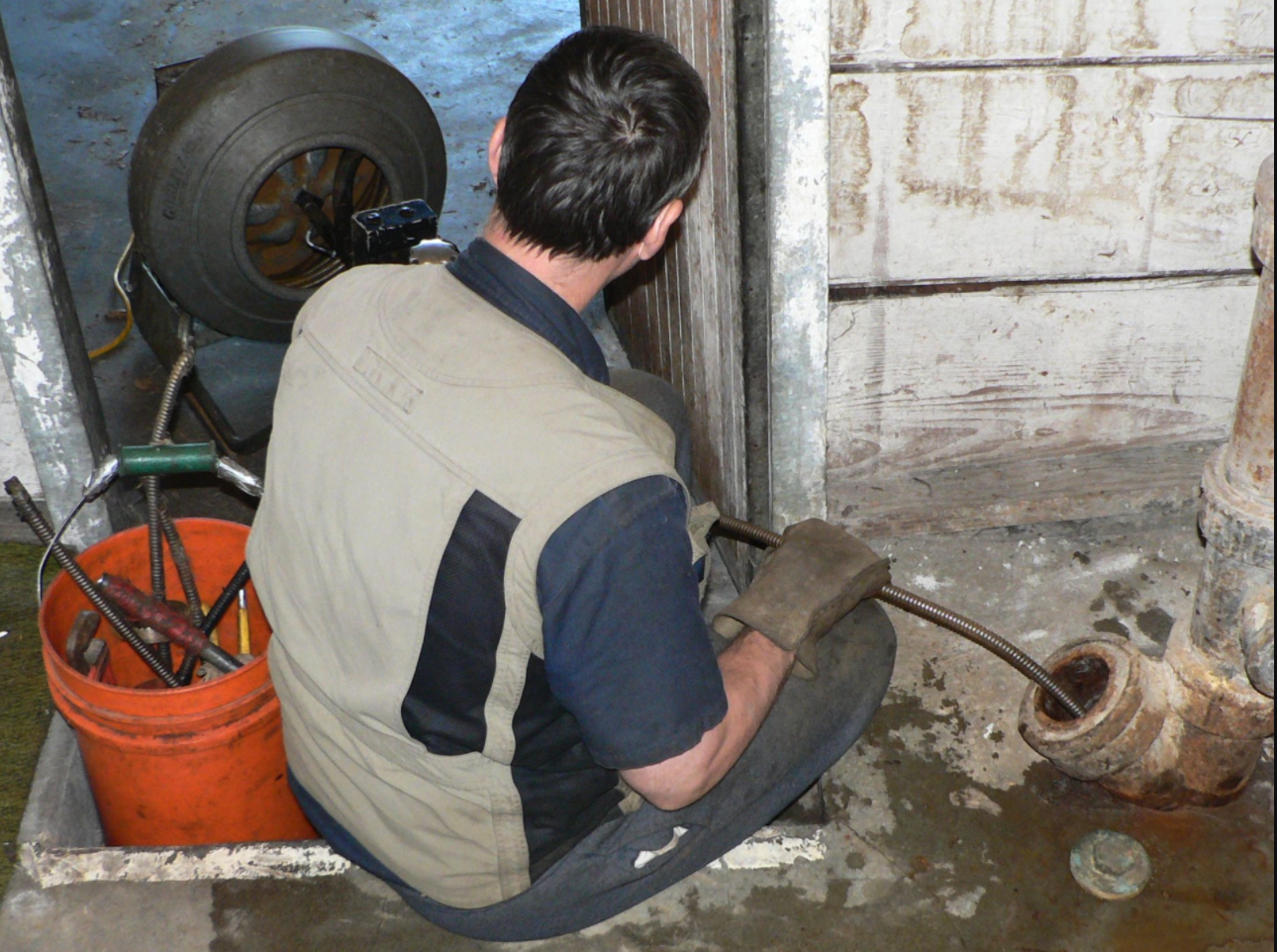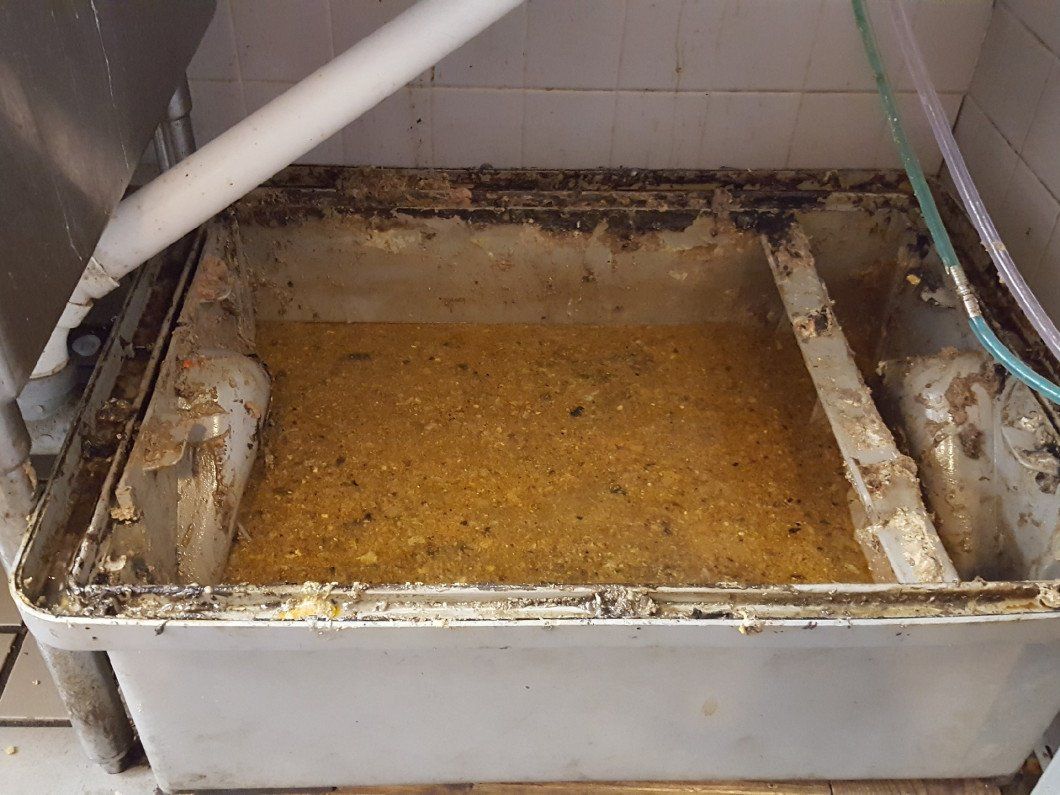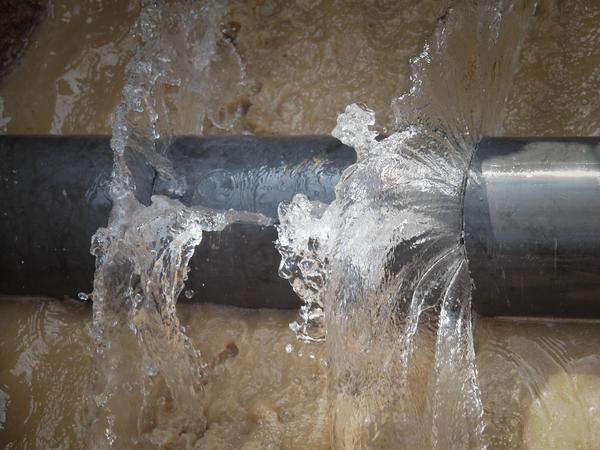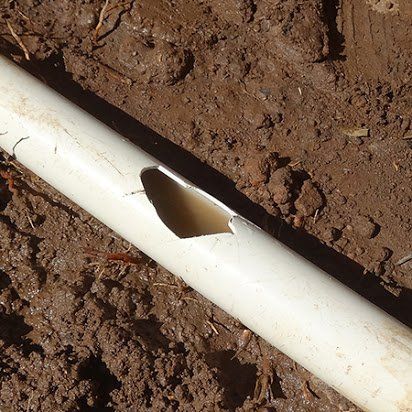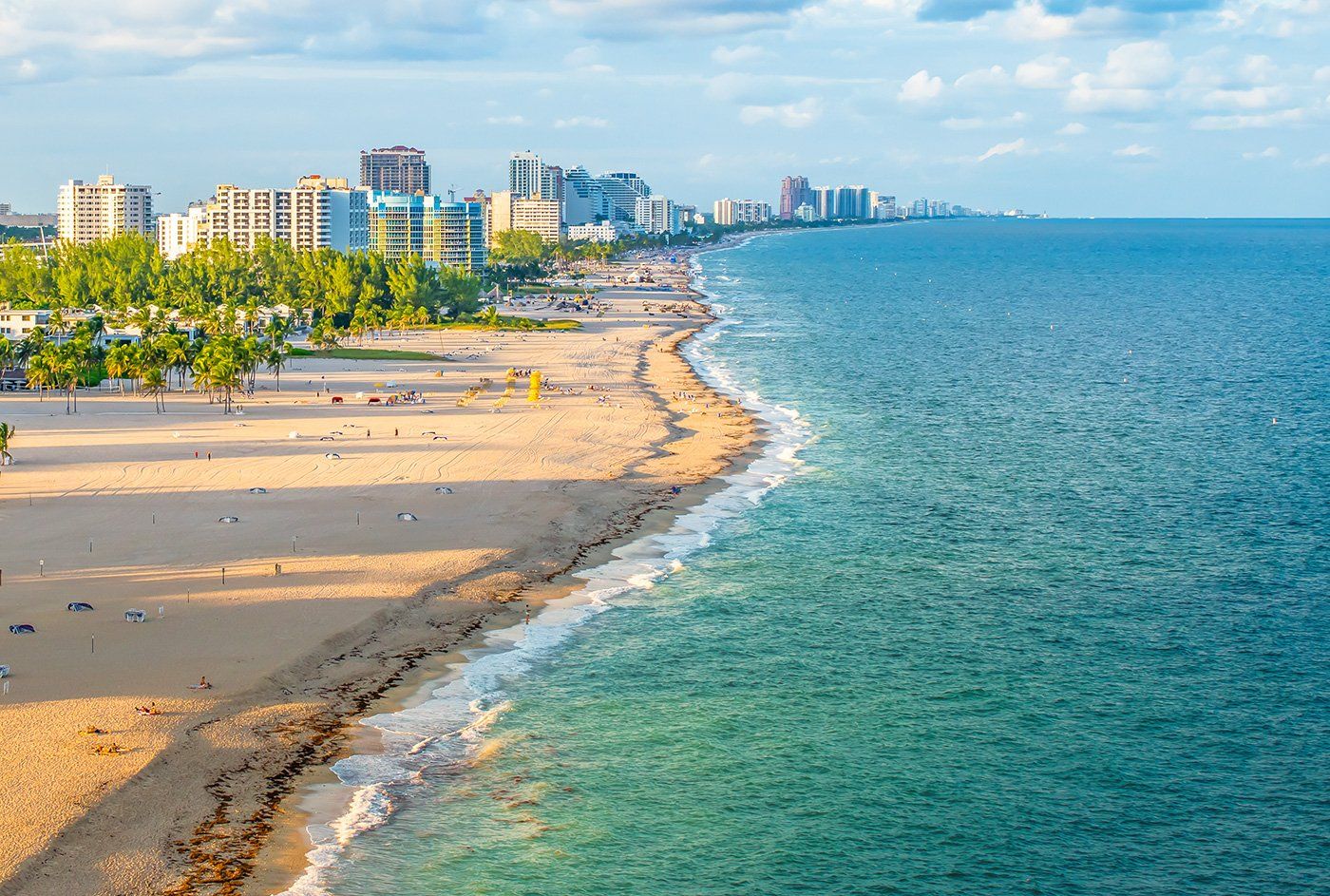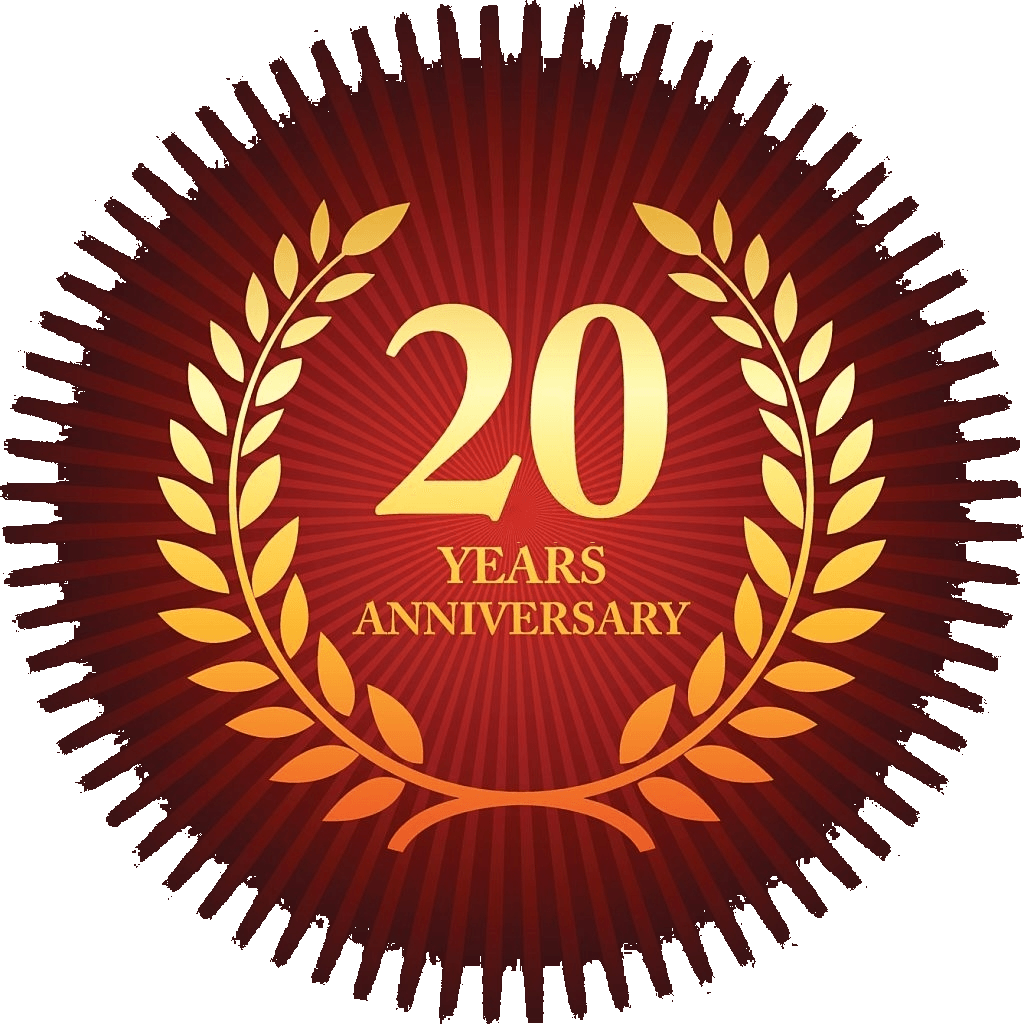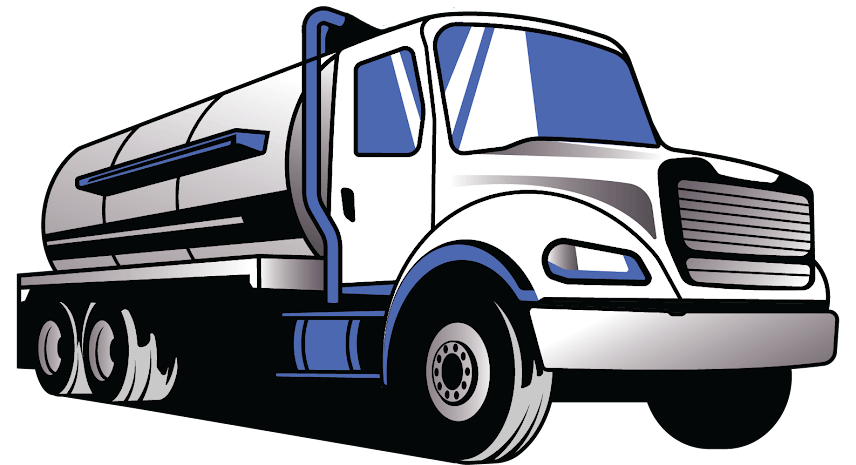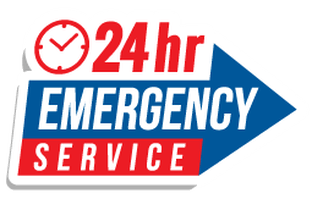FIRST CALL SEPTIC TANK SERVICE COVERS ALL MIAMI DADE AND BROWARD COUNTIES INCLUDING:
Hollywood |
Hallandale |
Plantation |
Davie |
Cooper City |
Southwest Ranches |
Weston |
Miramar |
Pembroke Pines |
Aventura |
Sunny Isles |
Bal Harbour |
Bay Harbor | Dania Beach |
Fort Lauderdale | Miami Beach |
Key Biscayne |
Miami Gardens |
Miami Springs | North Miami Beach |
Doral |
Kendall Pinecrest |
Coral Gables |
West Miami |
South Miami |
Cutler Bay |
Hialeah |
Hialeah Gardens
First Call Septic Services In Key Biscayne, FL
Water - Jet Plumbing Cleaning in Key Biscayne, FL
We offer hydro jetting services to UNCLOG all those IMPOSSIBLE drains!! When regular snaking or low pressurized jetting doesn’t do the trick.
Snake Drill Drain Cleaning in Key Biscayne, FL
We have all of the latest gadgets, gizmos and potions to eliminate any stoppage in your plumbing system..
Schedule your professional First Call Septic Service Todayin Key Biscayne, FL and ask for your Free Quote
Key Biscayne is an island located in Miami-Dade County, Florida, United States, between the Atlantic Ocean and Biscayne Bay. It is the southernmost of the barrier islands along the Atlantic coast of Florida, and lies south of Miami Beach and southeast of Miami. The key is connected to Miami via the Rickenbacker Causeway, originally built in 1947.
The northern portion of Key Biscayne is home to Crandon Park, a county park. The middle section of the island consists of the incorporated Village of Key Biscayne. The southern part of the island is now protected as Bill Baggs Cape Florida State Park, adjacent to Biscayne National Park, one of the two national parks in Miami-Dade County.
Key Biscayne was first developed for coconut cultivation. The earliest mention of coconuts on Key Biscayne is a Spanish account from 1568, although the reference may be to cocoplums rather than coconuts. Mature coconut trees were on Cape Florida by the 1830s, likely grown from coconuts sent from Mexico by Henry Perrine to the first lighthouse keeper, John Dubose.[33]
In the 1880s Ezra Asher Osborn and Elnathan T. Field of New Jersey started an enterprise to develop the Florida coast from Key Biscayne to Jupiter by clearing native vegetation, leveling Indian midden mounds and beach dunes, and planting coconuts. Osborn and Field imported 300,000 unhusked coconuts from the Caribbean, of which 76,000 were planted on Key Biscayne. Most of the shoots from the coconuts on Key Biscayne were eaten by rats and marsh rabbits (Sylvilagus palustris). As a result of their efforts, in 1885 Osborn and Field were allowed to purchase Key Biscayne and other oceanfront land from the Florida Internal Improvement Trust Fund for 70 cents an acre.[34]
Mary Ann Davis, who had bought the Fornells grant on Key Biscayne in 1821, died in Galveston, Texas in 1885. Her son Waters Smith Davis began taking steps to assert the family title to the island. In 1887 he purchased the rights of the other Davis heirs and received a new deed in his name. He could not get a clear title, however. Venancio Sanchez still claimed a half share of the Fornells Grant, two of the town lots had been sold to William Harney around 1840, and Osborne and Field had their deed from the Florida Internal Improvement Fund. Davis received quitclaims from Osborn and Field, and on the Harney lots, but was unable to settle with Sanchez. He finally received a patent from the United States government for his land in 1898. In 1903 Davis bought the abandoned Cape Florida lighthouse from the United States Treasury for US$400.[35]
Davis started a pineapple plantation on Key Biscayne; six acres (two-and-a-half hectares) had been cleared and planted in pineapples in 1893–94. Davis also directed his caretaker to plant one-half to one acre (two-tenths to four-tenths of a hectare) of bananas. By 1898, a great variety of tropical fruit trees had been planted on the island. Davis also had a large dwelling built for his use. It was a two-story cottage with five bedrooms and verandas on three sides, raised ten feet above the ground on pilings to protect against storm surges.[36]
In the late 1890s Davis hired Ralph Munroe to oversee his Key Biscayne property. Munroe had begun visiting Biscayne Bay in 1877. He soon built a home, the Barnacle, on land on the mainland in Coconut Grove that he bought from John Frow, keeper of the Cape Florida Light and Fowey Rocks Light. Munroe engaged in wrecking in the waters around Key Biscayne, built sailboats, worked as a pilot for the Cape Florida Channel and opened a pineapple cannery, to which Davis sent his pineapples. Before mail service to the Miami area improved, Munroe would camp out on Key Biscayne every Tuesday evening so that he could sail out to the edge of the Gulf Stream early Wednesday morning to retrieve a package of newspapers and magazines dropped for him in waterproof pouches by a passing steamship. Munroe was also one of the founding members of the Biscayne Bay Yacht Club.[37]
In 1896 Henry Morrison Flagler brought the Florida East Coast Railway to Miami. Mary Ann and William Davis had dreamed of building a city on Key Biscayne. Now their son Waters was a retired millionaire, and interested only in preserving Key Biscayne as a quiet retreat for his family. For a while Flagler's arrival did disturb their quiet, as Flagler brought in dredges to deepen the Cape Florida Channel and the approaches to the mouth of the Miami River, muddying the formerly clear waters of Biscayne Bay. Soon, however, a shorter route from the ocean to Miami was dredged through the southern end of what is now Miami Beach, at Government Cut, and the Cape Florida Channel was allowed to return to a natural state.[38]
Source:



